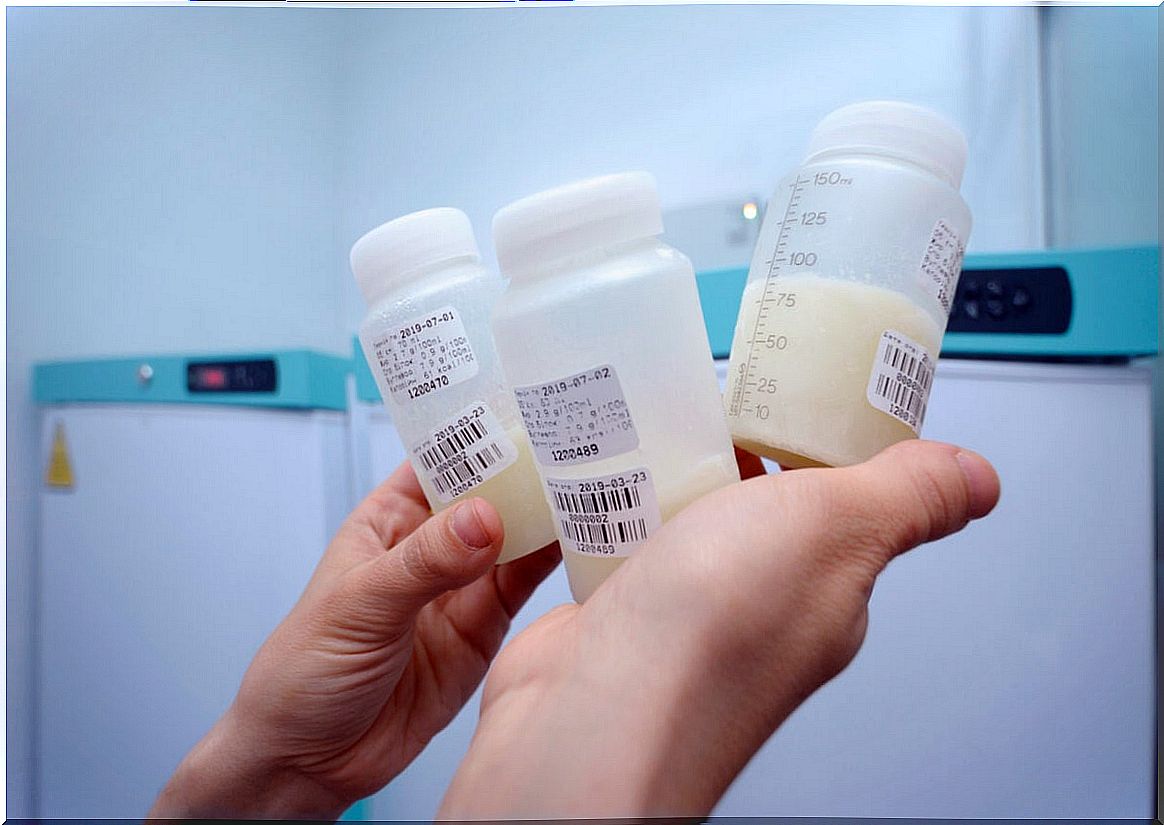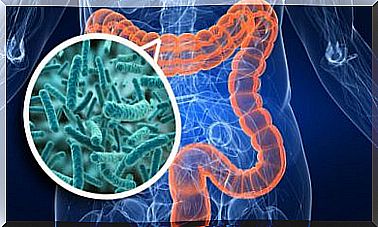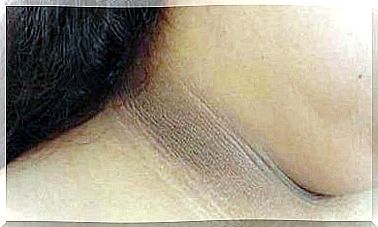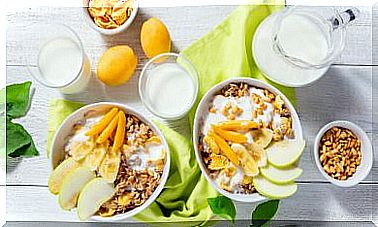Donating Breast Milk: Everything You Need To Know
According to the World Health Organization (WHO), breast milk saves 800,000 lives a year. Donating it is an act of altruism with many benefits.

Breastfeeding is not always a possible process for all women. But don’t worry, because today there are many viable alternatives to feed your baby, such as breast milk donation banks.
It contains all the nutrients that babies need up to 6 months of age, so it is recommended as the only food during this period of time.
It is proven that breast milk prevents infections and allergies and meets all nutritional requirements to promote the development and growth of newborns. If you want to know more information about donating breast milk, endorsed by experts and studies, stay and read this article.
What is the importance of donating breast milk?
Donating breast milk is important because it saves lives. As we mentioned before, there are different situations in which women are not able to meet this need that babies have.
Today, May 19 is recognized as World Human Milk Donation Day. This designation arises with the purpose of sensitizing the population regarding the importance of doing so, since it serves daily to save the lives of premature babies and improve the goal of children cared for worldwide.
According to the Pan American Health Organization and the World Health Organization (PAHO and WHO), the consumption of this food is considered vital for the growth and development of babies.
The good news is that there are more than 500 milk banks spread over 37 countries worldwide. Donating breast milk is an action for altruistic purposes. The process is simple and the trend continues to be to build more banks to extend this practice.

What are milk banks and how do they work?
The Spanish Association of Human Milk Banks (AEBLH) defines these types of organizations as specialized centers responsible for promoting breastfeeding, where human milk donated by selected mothers is received, processed, analyzed, stored and distributed.
After a stop in the creation and use of human milk banks in the 1980s, they rebounded, thus allowing the salvation of many newborn lives. Believe it or not, these cases are quite common.
How do human milk banks work? This is usually the procedure:
- Selection: all breast milk donors are selected and must go through an interview with the people in charge within the organization. It is important to emphasize knowing if they suffer from any communicable disease, if they consume certain medications or have unhealthy habits.
- Collection kits : In many cases, selected donors are given collection kits, containers and identification labels, as well as training on how to collect.
- Processing: storage also takes place in this same step. It is a sterile environment in which microbiological tests are carried out to ensure that there are no pathogens. They are kept in a freezer until the time indicated for delivery.
- Dispensing: it is important to mention that the only way in which breast milk can be dispensed is by prescription.
What should I take into account before proceeding with the donation of breast milk?
One of the most frequently asked questions before starting to donate breast milk is whether the baby himself will run out of milk. It is essential that you know that this is not going to happen.
You can rest assured, since your little one will continue to receive the amount he requires for optimal development. Even the good news is that expressing milk will increase your production and you can cover the typical demand of the first 6 months to the maximum.
Blood tests
In addition to the interview with a specific milk bank staff, you cannot donate if you suffer from diseases or infections that are transmitted in this way, such as HIV, syphilis, hepatitis C or hepatitis B. That is why, eventually, they will give you a blood test to rule out the existence of any of them.
Altruistic work
Another interesting fact is that there is no financial reward for being a breast milk donor. It is an altruistic work, only for those mothers who want to help other babies and even women who cannot offer food to their little ones.
However, the greatest satisfaction is being able to help those children who need it so much. Any healthy mom with a good lifestyle can do it!
Good habits
Make sure you comply with the fact of having a healthy lifestyle, eating correctly, not suffering from diseases that are risky due to their transmission and having all the desire to collaborate, because without a doubt there are many babies who need breast milk to survive.
If you have any other questions, contact the customer service staff of the human milk bank closest to your home.
It’s not painful
Unless your nipples are sore, the process of expressing breast milk is not painful. For example, there are electrical extraction equipment to which you can adjust the speed, until you reach one with which you feel comfortable.
In various maternity blogs , women say that a good option is to use a special oil or lubricant for the area, so that you do not end up with sensitive skin.
How is the procedure to be a donor?
Becoming a breast milk donor is a relatively straightforward process. The interview with the bank managers can even be by telephone contact.
There they will ask you your medical history and other questions to know if you use drugs or not. In general, a GP must support examinations and a positive report on the matter.
If you already know a breast milk bank that is close to your home, you can contact them by phone and make an appointment for an interview. Next comes the extraction process; the same bank sends you the containers and all the necessary supplies so that you can do it from home. These products come with detailed instructions.
After expressing the milk you will have to empty it into containers marked with labels that include your unique donor number. These must go in the freezer for 2 months, however, the time may vary depending on what you have scheduled with the bank.
Subsequently, transportation is an issue that the bank or the mother can take care of. Breast milk should be transported inside a refrigerator or portable cellar; this is known as the cold chain .
In case they are thawing, you should empty some ice into the container in order to keep them intact and not allow them to be damaged, at least until they reach the headquarters.
As you can see, becoming a donor is a simple process that you can carry out from home. Don’t worry, since you will never be short of advice.
If you have the slightest doubt, you can contact the milk bank staff, who will always be ready to help you during this process. The best thing is that you will be helping to save the lives of many babies!

Who will receive the milk from these banks?
The milk from the banks is received by low-weight newborn babies, especially those weighing less than 1500 grams. But it is also required by children with risks of digestive and infectious diseases. In most of these cases, the aim is to reduce the chances of neonatal death.
It should be noted that to receive milk from these organizations, the baby must have a medical prescription; Either for major causes or because his mother does not have the possibilities to feed him. In some cases it is also used to feed babies who have undergone digestive system surgeries.
Donating breast milk changes the world
Breast milk is also medicine. Despite not being paid, many mothers feel the satisfaction of helping save lives. In fact, in some cases, extraction means pain relief for women with high food production.
Remember that your baby will never run out of milk; You will continue to cover the free demand, at the same time that you will ensure that other children have a better quality of life inside or outside the hospital. Go ahead and get advice from the nearest milk bank staff.









